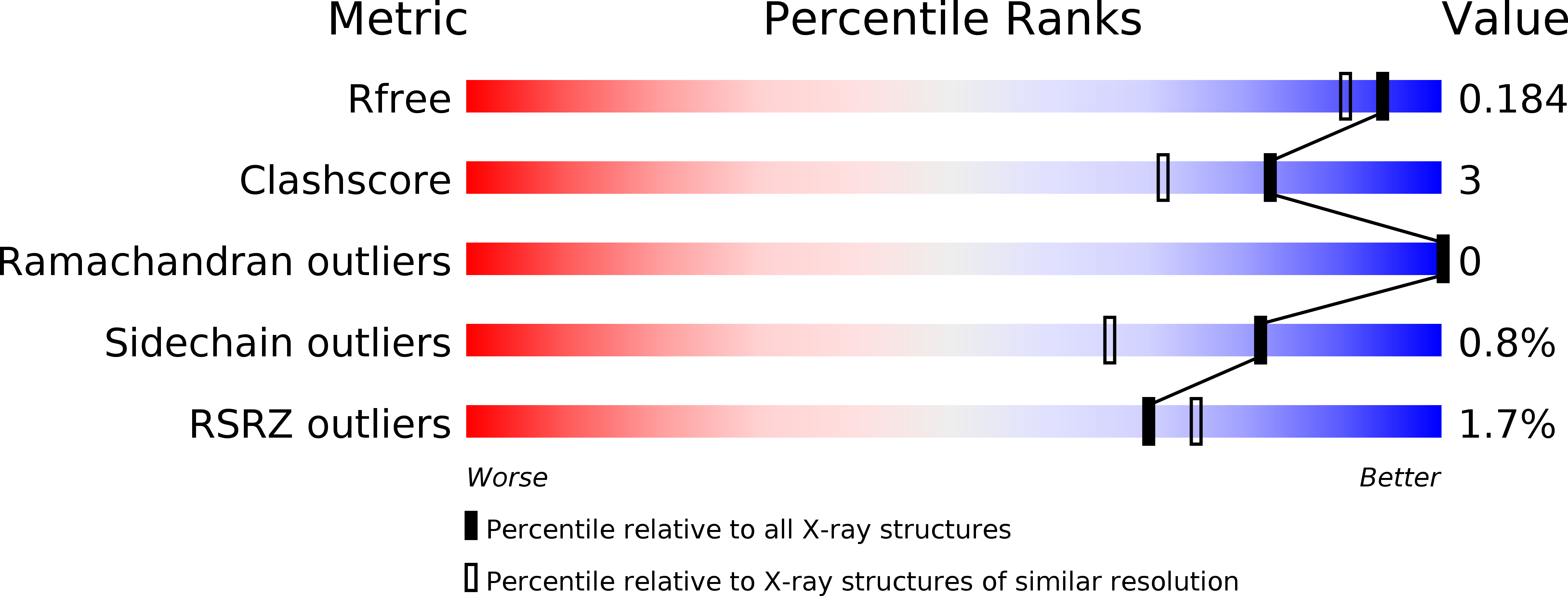
Deposition Date
2019-07-11
Release Date
2020-10-21
Last Version Date
2024-01-24
Method Details:
Experimental Method:
Resolution:
1.55 Å
R-Value Free:
0.18
R-Value Work:
0.16
R-Value Observed:
0.16
Space Group:
P 1 21 1


